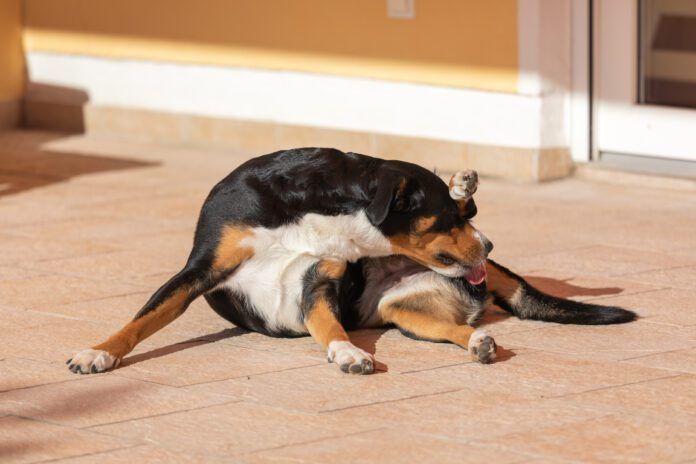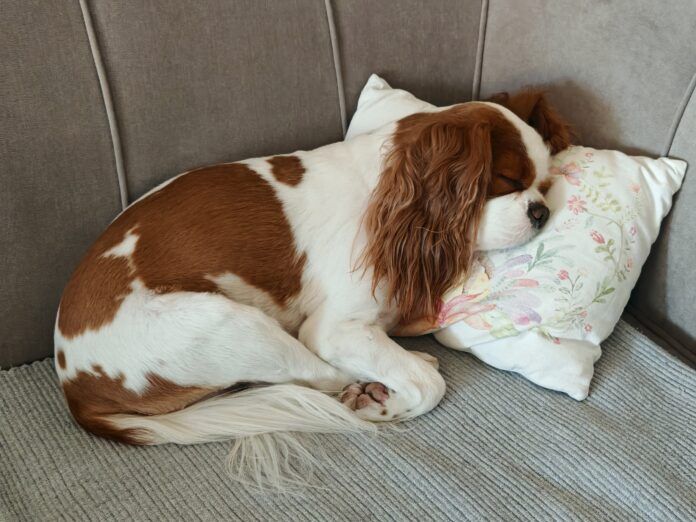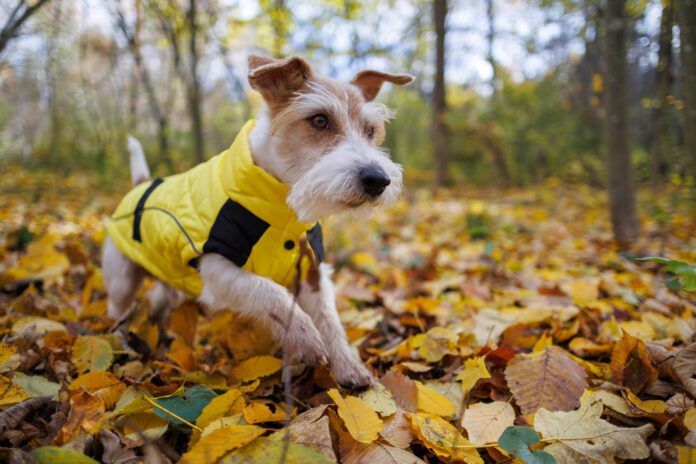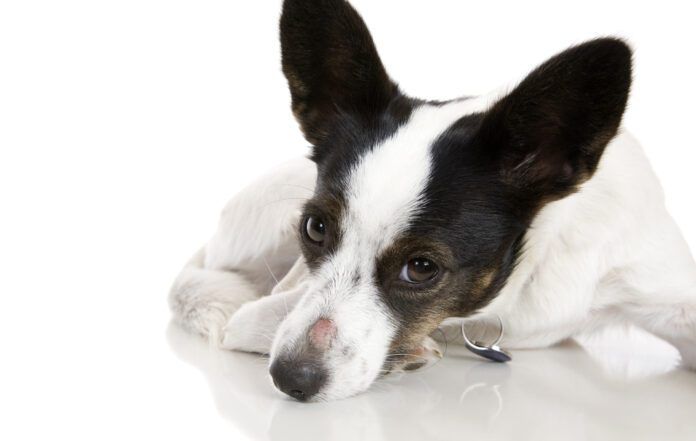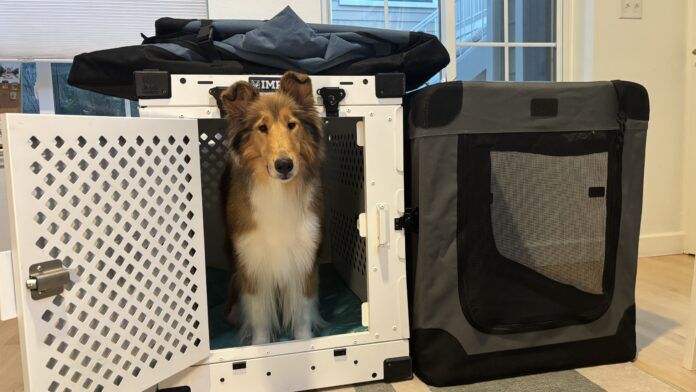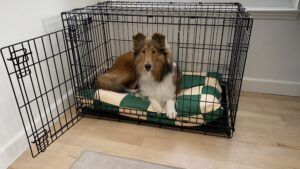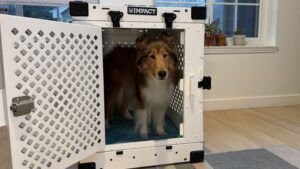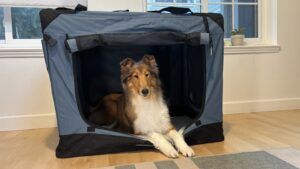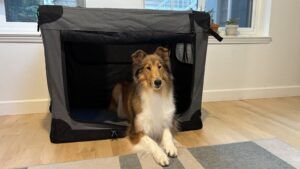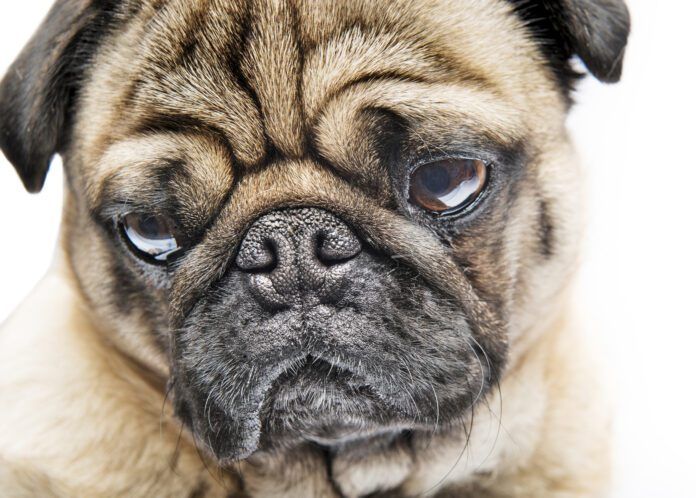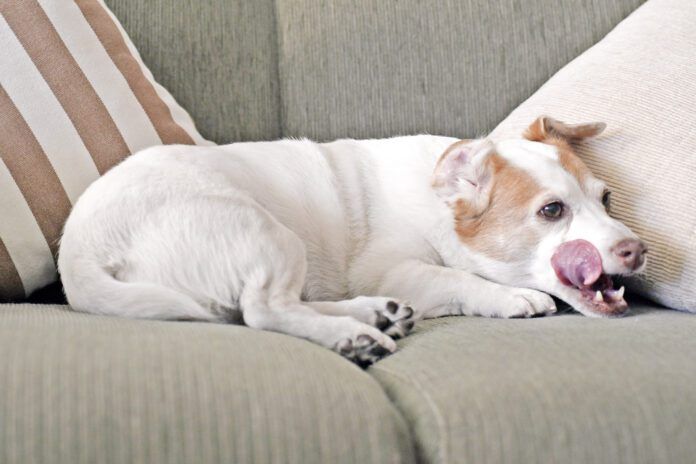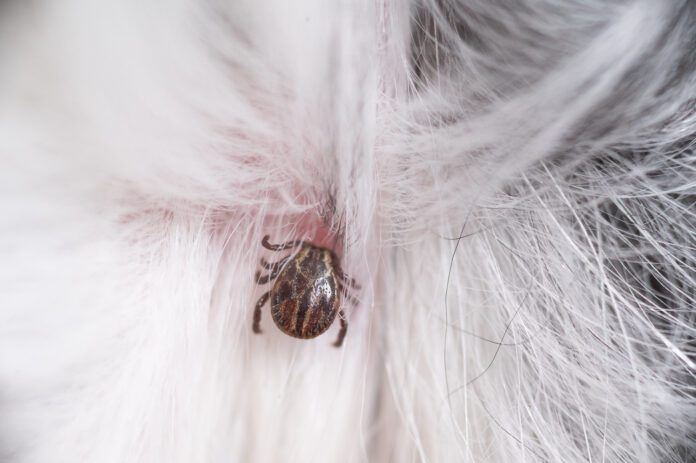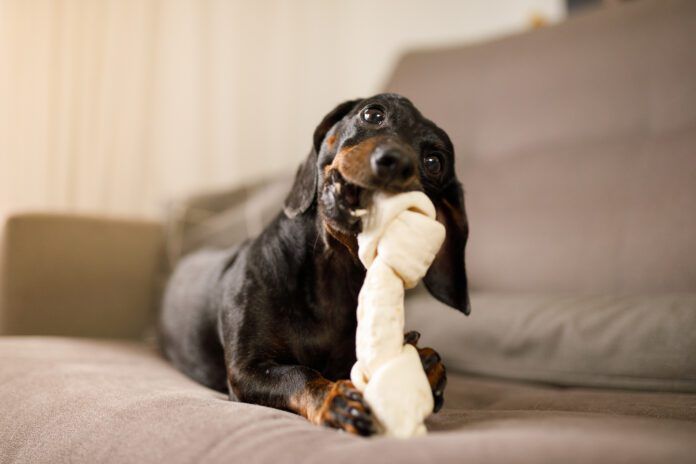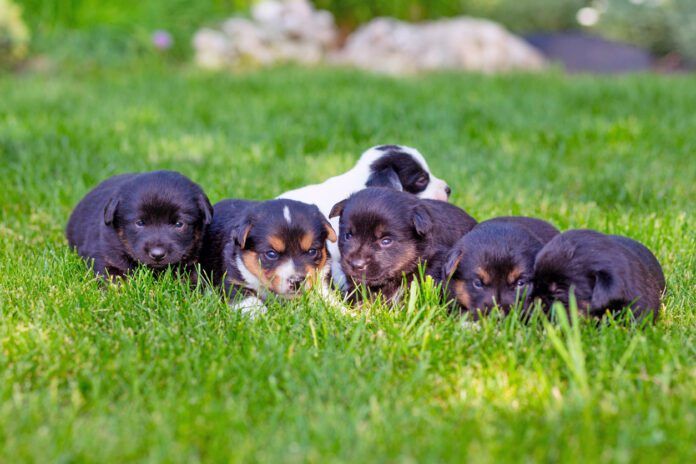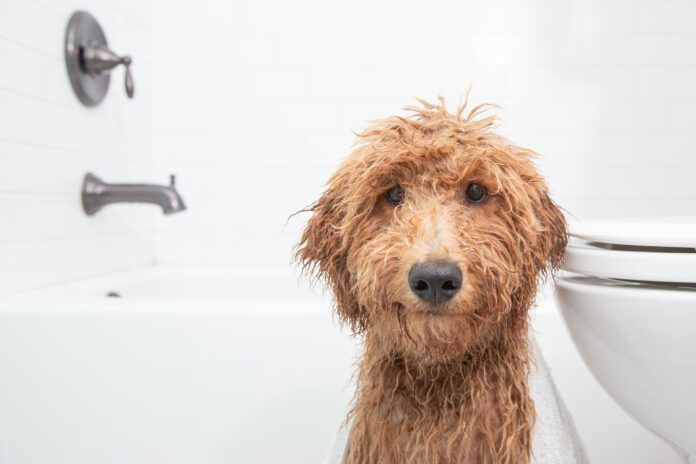Things you never thought you’d do an internet search for, right? But if your dog keeps licking his butt, he’s going to need a little help from you to get some relief. When a dog’s anus is red and irritated, the key is to soothe those delicate tissues without causing harm and then get to the bottom of the problem.
Quick Relief for a Dog’s Irritated Anus
When it comes to how to soothe your dog’s irritated anus quickly, you can provide some relief safely and easily at home using the following methods:
- Clean the affected area with a warm, damp cloth or pet-safe wipes.
Many of the causes of anal irritation are messy. If your dog has dried poop, scabs, or pus on his back end, removing this debris can make him feel a lot better. Be gentle when cleaning, as an irritated butt can be painful. It may help to soak caked-on debris to soften it before trying to remove it.
- Apply a warm compress.
Hold a warm, damp cloth over the irritated area for 5-10 minutes. This can help to soothe your dog’s anus. It is better to err on the cooler side with the compress, as applying a hot cloth could burn the sensitive skin and cause more damage. You can test the temperature on your wrist or lips—if it’s too hot for you, it’s too hot for the dog.
- Apply a pet-safe ointment.
If you have a pet-safe ointment on hand, you can apply a thin layer to the irritated area around the dog’s anus. I really like Veterinus Derma GeL for any small wound—it is easy to use, safe if the dog licks it, and provides both some antimicrobial effect and pain relief.
Why a Dog Might Keep Licking His Butt
For long-term relief, you will need to figure out why your dog’s anus is red and irritated. Some common reasons include:
Diarrhea
Diarrhea isn’t fun. It is uncomfortable and repeated episodes of diarrhea can irritate your dog’s anus. Loose poop getting stuck in the hair and on the skin around the anus only worsens the discomfort.
If your dog is having diarrhea, make sure his bum is clean each time he finishes pooping. A damp cloth can handle small messes but washing off with a hose outside or in the bathtub may be necessary for bigger catastrophes. Keeping his skin clean will help to prevent further irritation.
Diarrhea can be caused by many different things, ranging from eating something foolish to intestinal parasites or viral illnesses. If your dog overall seems happy and healthy, you can withhold all food for 12 hours and then feed a bland diet for a day or two. If the diarrhea lasts more than two days, it’s time to make a vet appointment. Diarrhea and vomiting at the same time is an emergency.
Anal Gland Issues
The anal glands are two sacs located just inside your dog’s anus. Normally they express a little stinky liquid each time your dog defecates. But sometimes they can become overfilled, impacted, or even infected. This is uncomfortable!
The classic sign of anal gland issues is a dog scooting his butt across the ground. Your dog may also lick or chew at his rear end in an effort to relieve the pressure. Scooting, licking, and chewing all irritate the skin around the anus, and can make the discomfort worse.
Minor anal gland impactions can be resolved with manual expression. You can learn to do this yourself at home or you can schedule an appointment for your vet or a vet tech to do it. Manually expressing the anal glands relieves the pressure from the overfilled gland, allowing your dog to get back to business as usual. The color, odor, and texture of the contents can also tell your vet if your dog might have an infection or other problem with the glands.
While waiting for a vet appointment, you can soothe your dog’s irritated anus by applying a warm compress for 5-10 minutes several times a day. This will provide some pain relief and may help to loosen the anal gland contents and make your dog more comfortable.
For many dogs, this is a one-time misfortune. However, some dogs are prone to chronic anal gland issues and may need regular manual expressions, increased fiber in their diet, or in rare cases a surgical procedure. If your dog is frequently scooting his butt or chewing at his back end, it’s time to call your vet.
Allergies
While humans with allergies sniffle and sneeze, dogs scratch and chew. The butt, ears, and paws are common areas where dogs with allergies get red, itchy skin.
If your dog has seasonal allergies, you will only notice his perianal area being irritated at specific times of year. For example, early fall is a common time for many dogs’ seasonal allergies to flare up. Other environmental allergies—such as allergies to dust, indoor allergens, or trees—can be a problem year-round. Food allergies are also consistent and do not let up with the changing of the seasons.
Your veterinarian will help you determine if your dog’s itchiness is due to allergies and parse out whether the cause is likely food, environmental allergens, or a combination of both. She will also diagnose and treat any secondary infections that may have taken advantage of your poor dog’s compromised skin.
Food allergies are treated with diet trials to determine which ingredient(s) give your dog trouble. It can take several months to see complete improvement, but stay the course—it will be worth it once you know what foods your dog tolerates best.
Diphenhydramine (Benadryl) is an easy way to provide relief for some dogs experiencing an itchy butt from environmental allergies. A general guideline for dogs is one milligram of Benadryl per pound of body weight (meaning a 25-pound dog would get one 25mg tablet) but call your vet to get an exact dose for your dog. Loratidine (Claritin) and cetirizine (Zyrtec) are also helpful for some dogs.
Unfortunately, many dogs with environmental allergies require a more robust, dog-specific treatment plan to keep them itch and irritation free. This may include medicated shampoos, the monthly injectable medication Cytopoint, or the tablets Apoquel or Zenrelia. It can take some trial and error to determine the best treatment plan for your dog, but his itch-free butt will thank you for your persistence.
Fleas
Fleas can bite anywhere on a dog’s body but often focus on the hind end. Each bite is itchy, and dogs with flea allergy dermatitis will experience dramatic swelling, redness, and itchiness all along the back end of the body from even a single bite.
If your dog’s anus is irritated and itchy due to a flea infestation, the solution is to give your dog a bath with Dawn dish soap and then give a prescription-grade flea preventive medication for three consecutive months. Don’t forget to vacuum your house and wash bedding thoroughly to remove any flea eggs or larvae hiding there.
Perianal Fistula
Perianal fistulas are painful draining tracts that can occur around a dog’s anus. You will notice an extra hole or two that has a bloody or pus-like discharge. If you suspect your dog has perianal fistulas, it’s time to make a vet visit.
Perianal Tumor
Dogs can get cancer near the anus. Tumors in this area are more common in intact male dogs, and neutering can often resolve the issue if it is a benign tumor. Malignant tumors and ones in female or neutered male dogs will likely require surgical removal.
While waiting for a vet appointment, you can provide relief for your dog’s anus by applying a dog-safe ointment to the irritated area.
When To See a Vet About a Dog’s Irritated Anus
A dog who keeps licking his butt should see a vet if:
- He is having diarrhea for more than two days, or has other signs of illness (diarrhea and vomiting is an emergency)
- He scoots his butt frequently
- He has sores or wounds around the anus
- There is bleeding or draining pus coming from anywhere around the anus
- Itchiness and irritation persists
- He has a new lump in the area that seems to be bothering him


